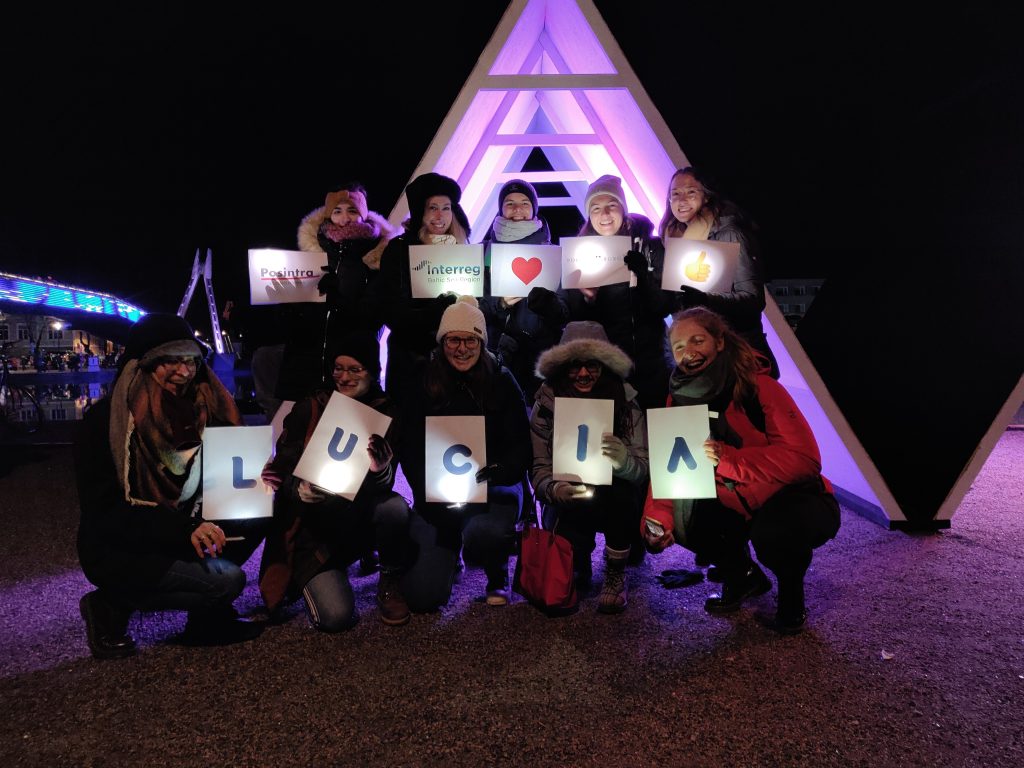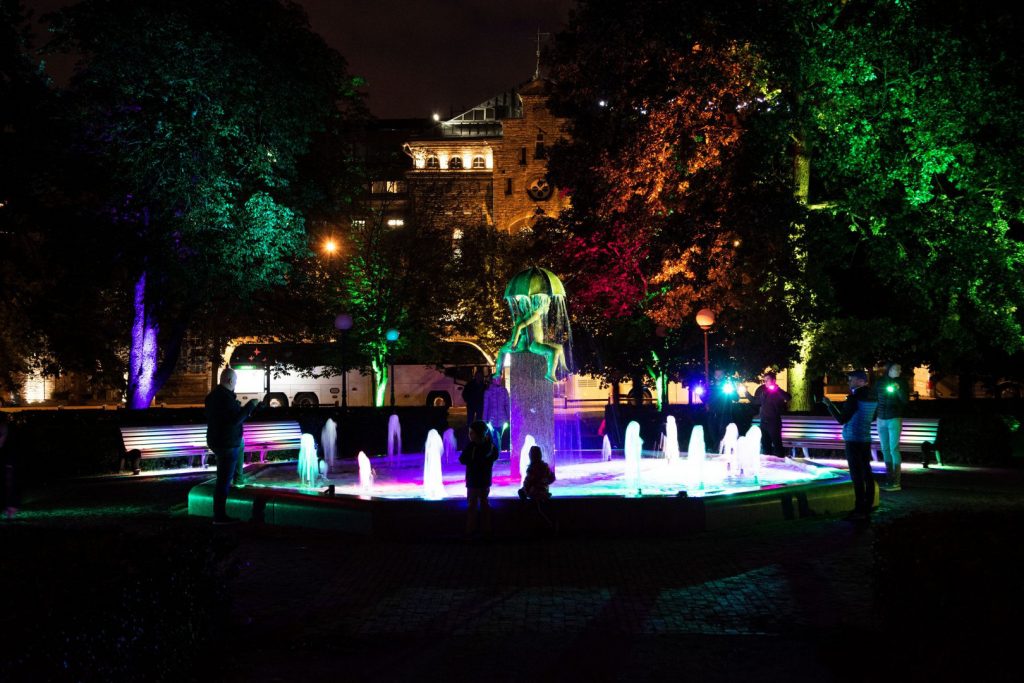Lucia project: co-creating urban lighting solutions
Partners of the Interreg Baltic Sea Region project Lucia – Lighting the Baltic Sea Region put a strong emphasis on co-creation in their cities. What have they learnt so far?
Giving local residents the opportunity to take part in urban lighting planning processes is a clear priority for the cities that work together in the framework of the Lucia – Lighting the Baltic Sea Region project. “There is no doubt that in designing the urban environment, we should ask the opinion of the end-user of this environment, in particular,” says Eva Tallo, Chief Specialist at the Urban Environment and Public Works Department of the Estonian capital Tallinn, one of the Lucia partner cities.
“There is no doubt that in designing the urban environment, we should ask the opinion of the end-user of this environment.
As planning processes are getting more and more complex, public administrations have moved from a traditional and hierarchical definition of value to more participative and user-centred processes where people, administrations and other organisations jointly generate solutions and meaning. From the perspective of cities, lighting is a subject that is particularly suitable for implementing co-creation as light appeals to people’s emotions.
The Lucia project’s approach to co-creation is two-fold: on the one hand, Lucia partner cities invite residents and other stakeholders to actively participate in planning and realising the six pilot projects in Lucia cities. On the other hand, co-creation in the project is also about spreading knowledge and enthusiasm about light.
“We want to foster a holistic understanding of lighting.
For Hamburg’s Borough of Altona, this aspect is particularly important. “We want to foster a holistic understanding of lighting, for example by discussing the topics of light pollution and perceived safety of public spaces with our citizens,” says Heike Bunte, Lead Partner of the Lucia – Lighting the Baltic Sea Region project.
Feeling the light
Although light touches us all, we do not necessarily know exactly what type of lighting we want and need for specific urban areas. This is something public surveys and questionnaires often reveal. Temporary light installations and actions that invite people to experiment with light can be a fun and low-threshold way of engaging with citizens and fostering a deeper understanding of light and its impact on the urban environment and us. “You have to feel the place to understand,” says E. Tallo from Tallinn.
Brighter = safer?
It is often argued that public co-creation processes most often lead to citizens demanding more and brighter lights – to increase the perceived safety of public spaces. Experiences from Lucia partner cities do not confirm this assumption.
In Hamburg, the redesign of a tunnel at the Lucia pilot site has led to a significantly higher perception of safety among users, according to surveys and interviews. This increased perception of safety has, however, mostly been achieved by a new tunnel decoration with paintings on the tunnel’s walls, and not primarily by the new luminaires installed.
We were happy to discover that most people were really well-informed.
The city of Tallinn has made similar experiences: “In our case, we were happy to discover that most people were really well-informed and said that good lighting in parks is calm, cozy, balanced, moderate, soft, avoids light pollution and protects ecosystems,” says Eva Tallo.
Co-creation requires time and resources
Co-creation processes might lead to completely different ideas and solutions than lighting planners and managers originally had in mind. And that’s not all: political decision makers and community leaders might not always be willing to approve the co-designed solutions – in particular if they exceed original project budgets or differ too much from aesthetic or planning traditions. This is something the Lucia partners in both Tallinn, Estonia and Jūrmala, Latvia have experienced.
Their learning from the Lucia project in this regard is: Co-creation requires even more time, financial and staff resources in future projects and should involve relevant municipal departments already in early phases.
- Read an interview with Heike Bunte from the borough of Hamburg-Altona, the Lucia lead partner, about the challenges linked to co-creation.
- Learn more about the Lucia – Lighting the Baltic Sea Region project
This article was originally published in the Cities & Lighting magazine n°9 (summer 2021). Download the full magazine here






